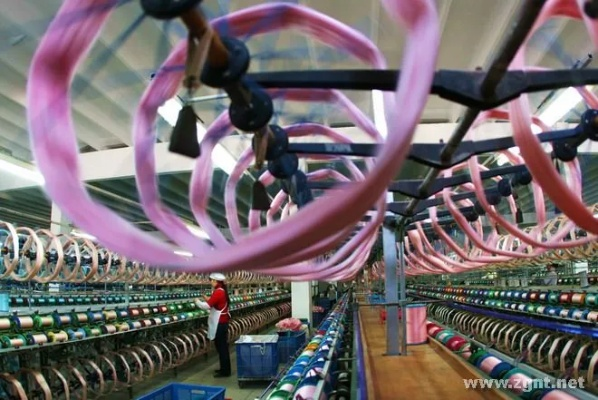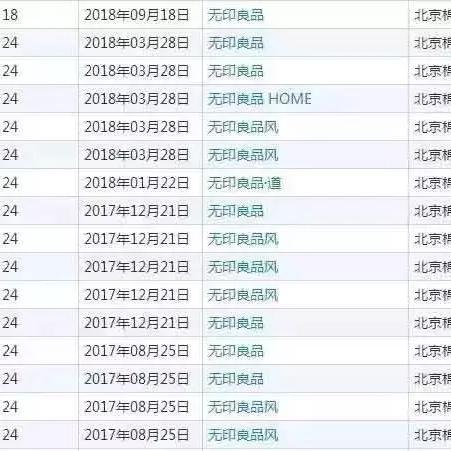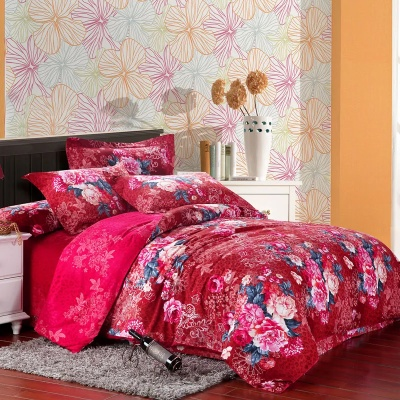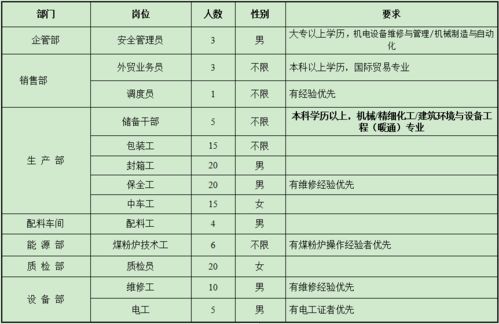Essential Guidelines for Textile Quality Testing
: Essential Guidelines for Textile Quality Testing,Textile quality testing is crucial in ensuring the durability, functionality, and safety of fabric products. This paper outlines essential guidelines for conducting textile quality tests, including but not limited to:,1. Material selection: Choose appropriate materials based on the intended use and environment.,2. Preparation of samples: Ensure that samples are representative and free from contaminants.,3. Testing methods: Determine the appropriate testing method for each material based on its properties and intended use.,4. Data analysis: Analyze test results to determine if the product meets the required standards.,5. Reporting results: Document the findings of the test and communicate them to stakeholders.,6. Improvement: Use the test results to improve the quality of future products.,Overall, textile quality testing is an essential aspect of product development and quality control. By following these guidelines, manufacturers can ensure that their products meet industry standards and consumer expectations.
Introduction: Quality assurance is paramount in the textile industry, where fabrics are used for a wide range of applications from clothing to industrial use. Proper testing methods help ensure that textiles meet standards and consumer expectations. In this guide, we will discuss the basic principles of textile quality testing, including common testing methods, their benefits, and practical considerations. We'll also present an example to illustrate how these principles can be applied.
Basic Principles of Textile Quality Testing:
- Sampling: The first step in any testing process is to select representative samples from the entire batch. This helps in ensuring that the results are representative of the entire product.
- Standardization: All testing procedures should adhere to standardized guidelines to ensure consistency and accuracy.
- Analytical Methods: Depending on the type of textile being tested, various analytical methods like colorimetry, tensile strength measurement, and moisture content determination can be employed.
- Data Analysis: The collected data must be analyzed to identify any deviations or potential issues that could affect the quality of the textile.
- Verification: Once the testing is complete, it's essential to verify the results against the manufacturer's specifications to ensure compliance.
Common Testing Methods:
- Colorimetry: This method involves using a spectrophotometer to measure the light absorption properties of textiles. It's crucial for determining color accuracy and uniformity.
- Tensile Strength: This test measures the breaking strength of the textile material. It's important for materials like denim, carpets, and other woven fabrics.
- Moisture Content: For materials like cotton, this test measures the amount of water vapor that can pass through the fabric at a given temperature and relative humidity.
- Dimensional Stability: This test evaluates the ability of textiles to maintain their shape and size over time.
- Flammability: For materials like polyester and nylon, this test assesses the rate at which they burn.
Benefits of Testing:
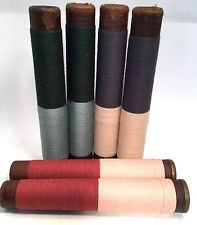
- Ensures Products Remain Compliant with Regulations: Regular testing ensures products comply with safety and legal standards.
- Predicts Product Performance: By understanding the performance characteristics of materials, manufacturers can optimize production processes.
- Improves Product Durability: Understanding the durability of materials allows for more durable products that last longer.
- Enhances Customer Satisfaction: Providing accurate information about the quality of products helps build trust with customers.
Practical Considerations:
- Sample Size: The sample size should reflect the overall production volume to ensure accurate results.
- Testing Protocol: Each test requires specific protocols to be followed to avoid errors and biases.
- Equipment Accuracy: High-quality equipment is essential for accurate measurements, and regular maintenance is necessary.
- Training: Staff should be trained on the proper techniques for conducting each test to achieve consistent results.
Case Study: Consider a scenario where a textile company is producing high-quality denim jeans. Before launching the product, it's crucial to conduct thorough testing to ensure the jeans meet all relevant standards. Here's how the company might approach this:
- Sampling: A representative sample of the denim jeans would be taken from the production line.
- Standardization: The testing protocol would be established following industry standards for denim jeans testing.
- Analytical Method: Colorimetry would be used to measure the color consistency across the jeans.
- Data Analysis: Any discrepancies in color or other parameters would be noted and further investigated.
- Verification: After testing, the results would be compared to the company’s specifications to ensure compliance.
In conclusion, textile quality testing is an integral part of the manufacturing process. By following the guidelines outlined above, companies can ensure that their products meet industry standards and consumer expectations. Remember, thorough testing not only enhances product quality but also contributes to customer satisfaction and brand reputation.
纺织品质量检测是确保纺织品产品符合相关标准和法规的重要环节,了解纺织品质量检测的基本常识对于消费者、生产商和贸易商来说都是至关重要的,本文将围绕纺织品质量检测的各个方面,用英文口语化的方式为大家介绍相关知识。
纺织品质量检测的重要性
纺织品质量检测是确保纺织品产品安全、环保、符合相关标准和法规的重要手段,通过质量检测,可以及时发现并解决潜在的质量问题,保障消费者的权益,维护市场秩序,纺织品质量检测也是促进纺织行业健康发展的重要措施。
纺织品质量检测的基本常识
检测标准与流程
纺织品质量检测的标准主要包括国家、行业和地方的标准,检测流程通常包括样品采集、样品处理、性能测试、结果分析等环节,在具体操作中,需要遵循相关标准和流程,确保检测结果的准确性和可靠性。
检测方法与仪器
纺织品质量检测主要采用各种检测方法和技术手段,包括感官检验、理化检验、微生物检验等,还需要使用各种检测仪器,如拉力试验机、织物密度测试仪等,不同种类的纺织品需要采用不同的检测方法和技术手段,以确保检测结果的准确性。
案例分析
以案例说明纺织品质量检测的重要性:
某品牌纺织品经过质量检测发现存在质量问题,经过整改后重新上架销售,消费者反馈良好,这说明质量检测对于保障消费者权益和维护市场秩序具有重要意义。
某地区纺织行业通过加强质量监管,提高了产品质量和竞争力,促进了当地纺织行业的发展,这说明质量检测对于促进纺织行业健康发展具有重要作用。
纺织品质量检测案例说明
感官检验案例
感官检验是一种常用的纺织品质量检测方法,主要通过对纺织品外观、手感、色泽等感官指标进行检测,以判断纺织品的质量是否符合标准,在纺织品的颜色测试中,可以使用色差仪等仪器进行测量和分析,通过感官检验可以发现纺织品颜色不均匀、色差较大等问题,从而保障消费者的权益和维护市场秩序。
理化检验案例
理化检验是一种通过使用各种物理和化学方法对纺织品进行测试的方法,织物密度测试可以用于评估织物的厚度和结构;拉力试验可以用于测试织物的抗拉强度和耐磨性等,通过理化检验可以发现纺织品是否存在织物结构不合理、强度不够等问题,从而保障纺织品的性能和质量。
纺织品质量检测的注意事项
遵循相关标准和流程进行检测。
在进行纺织品质量检测时,需要遵循相关国家和行业标准以及流程,确保检测结果的准确性和可靠性,还需要注意保护样品和仪器设备,避免对样品和仪器设备造成损坏或污染。
注意样品采集和处理的质量控制。
样品采集和处理是纺织品质量检测的重要环节,需要注意质量控制和质量保证,需要确保样品采集的代表性、准确性和完整性,同时还需要对样品进行处理和分析的过程进行严格控制和管理。
纺织品质量检测是保障纺织品产品安全、环保、符合相关标准和法规的重要手段,通过了解纺织品质量检测的基本常识和注意事项,我们可以更好地掌握纺织品质量检测的方法和技巧,提高纺织品质量检测的准确性和可靠性,我们也需要不断加强质量监管和宣传教育,提高消费者和贸易商的质量意识,促进纺织行业的健康发展。
Articles related to the knowledge points of this article:
Top Textile Companies Websites
Healthcare Textile License:A Comprehensive Overview
The Dynamic Landscape of Tianjins Textile Prices
The Role of the National Textile Supervision and Testing Center
